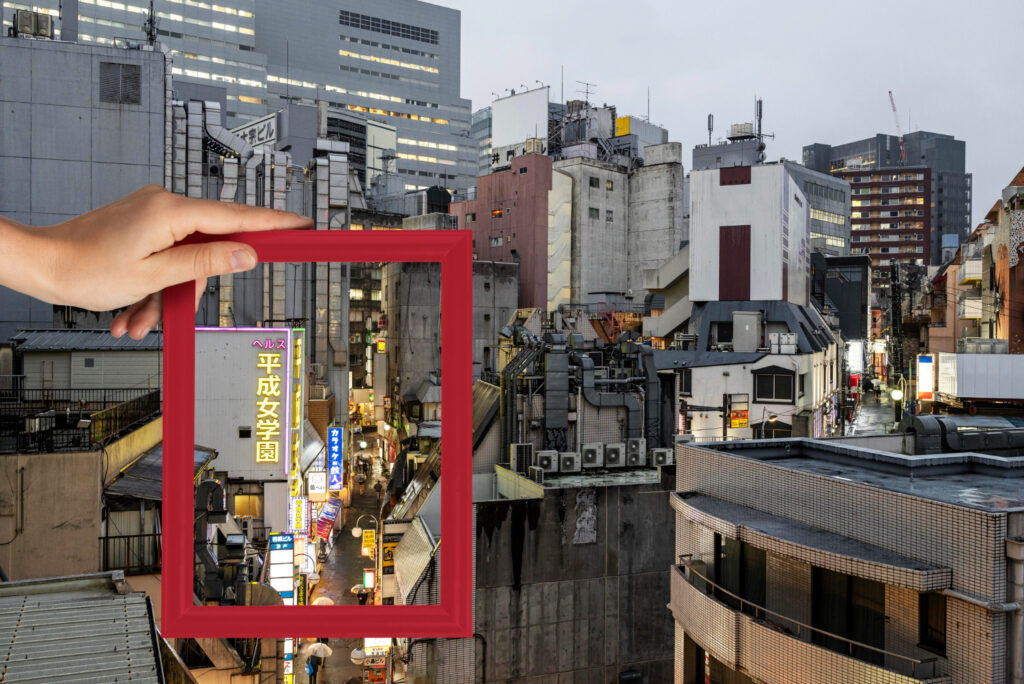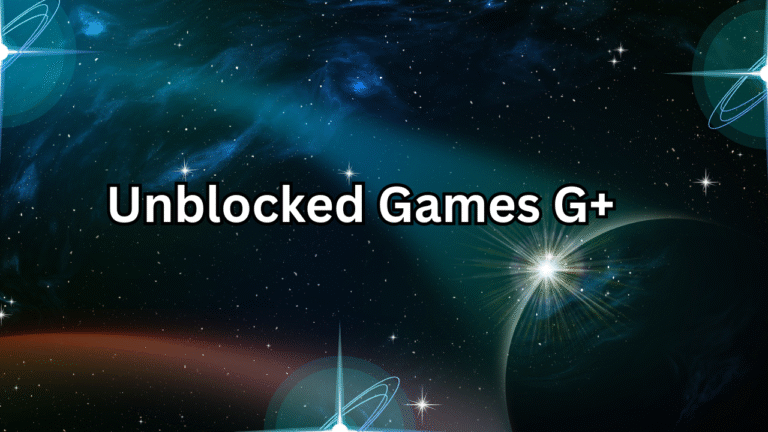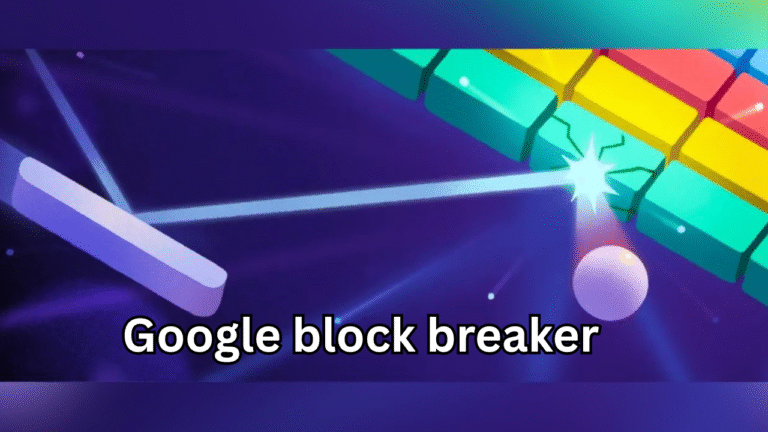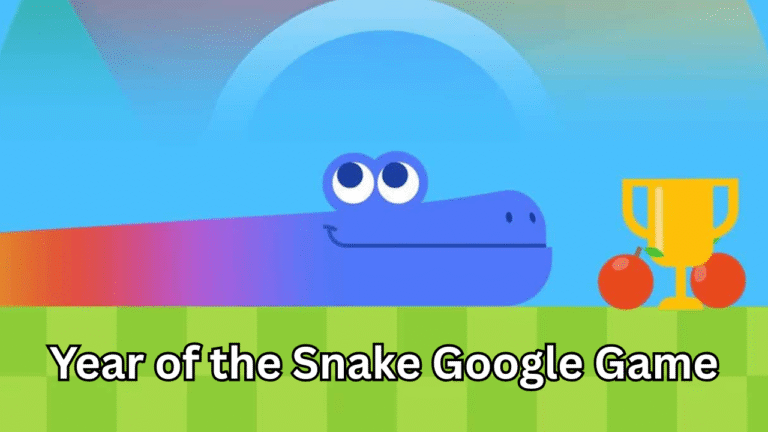
What Is Letterboxd NYT?
In recent months, the phrase “Letterboxd NYT” has been trending online, sparking curiosity among film enthusiasts and casual readers alike. This combination of Letterboxd, a social platform for film lovers, and The New York Times (NYT), one of the world’s most respected news outlets, represents the merging of movie culture and mainstream journalism.
At its core, Letterboxd NYT refers to how The New York Times has acknowledged, written about, or even partnered with the Letterboxd community. The connection highlights how online movie discussions, once considered niche, have now become part of a serious cultural conversation.

Understanding Letterboxd: A Haven for Movie Enthusiasts
Letterboxd was launched in 2011 as a digital platform for cinephiles to log, rate, and review movies. It quickly grew into a passionate community where people share opinions, rankings, and personal film diaries. Users can create lists such as “Top Horror Films of the 2000s” or “Movies That Made Me Cry,” follow others with similar tastes, and explore films through curated collections.
Unlike traditional review sites, Letterboxd focuses on personal expression. The tone is conversational, humorous, and deeply authentic — a mix of film criticism and diary-style storytelling. This honesty and creativity have turned Letterboxd into a cultural hub where film discussions feel alive and real.
How The New York Times Got Involved with Letterboxd
The Letterboxd NYT connection became prominent when The New York Times started referencing Letterboxd in its film journalism. Reporters noticed that Letterboxd reviews often capture what modern audiences truly think — raw, funny, and honest takes rather than polished critic reviews.
The NYT has covered how Letterboxd changed the landscape of movie criticism. It acknowledged that younger audiences no longer rely solely on critics from legacy publications. Instead, they trust relatable voices found on platforms like Letterboxd. This represents a cultural shift in how we consume film opinions.
Some NYT writers even use Letterboxd themselves to share their personal movie lists or engage with readers, creating a bridge between traditional media and online film communities.
Why “Letterboxd NYT” Became a Trend
The keyword “Letterboxd NYT” became viral after several New York Times articles featured Letterboxd as a modern alternative to old-school film reviewing. As social media users began searching for the connection, it trended across platforms like Twitter (now X) and Reddit.
People started asking:
- Did NYT buy Letterboxd?
- Is there an official partnership?
- Why is The New York Times writing about a film review app?
While there isn’t a direct partnership, the NYT coverage gave Letterboxd massive exposure, introducing it to millions of readers who might not have heard of it before. That’s why searches for “Letterboxd NYT” skyrocketed — people wanted to understand the relationship between the two brands.

The Rise of Letterboxd as a Cultural Force
Letterboxd has become more than a niche site — it’s now a cultural movement. Many viral film discussions on TikTok, YouTube, and Twitter originate from Letterboxd users’ posts. Screenshots of funny or emotional reviews often go viral, shaping public opinion about new releases.
The platform has also influenced the film industry itself:
- Filmmakers use Letterboxd to gauge audience reactions.
- Studios monitor user trends to understand what genres are gaining popularity.
- Critics use it as a space to experiment with less formal writing.
When The New York Times started acknowledging this power, it signaled a new era of digital film culture — one where fans, not just critics, shape the conversation.
The New York Times’ Perspective on Letterboxd
In its coverage, The New York Times often describes Letterboxd as a blend of social media, movie diary, and cultural commentary. The NYT highlights how the app represents a democratization of film criticism — anyone can share their thoughts, not just professional reviewers.
One NYT feature explored how Letterboxd is redefining who gets to be a “critic.” The piece mentioned that many young writers are gaining visibility and even professional opportunities because of their Letterboxd reviews. This recognition shows how seriously the mainstream media now takes the platform.
Why Film Lovers Prefer Letterboxd Over Traditional Reviews
Traditional reviews, such as those published in newspapers or magazines, often feel distant to modern audiences. Letterboxd, however, brings back the personal touch. Users write about how a movie made them feel, what memories it triggered, and why they love or hate it — all in their own voice.
Here’s why Letterboxd appeals to users more than traditional critic reviews:
- Authenticity: Reviews are written by real viewers, not filtered through editorial standards.
- Community: Users can comment, react, and share experiences with others.
- Customization: Everyone’s profile becomes a movie diary that reflects their taste.
- Creativity: Many reviews are funny, poetic, or emotional — blending art with commentary.
This human approach has made Letterboxd a go-to source for honest film opinions, and that’s exactly why The New York Times couldn’t ignore it.

The Impact of NYT Coverage on Letterboxd Popularity
After being featured in The New York Times, Letterboxd saw a noticeable spike in traffic and sign-ups. Readers who discovered the platform through NYT articles were intrigued by its simplicity and community-driven model. It showed that even in a world of algorithms and AI recommendations, authentic word-of-mouth still matters.
The NYT coverage also added legitimacy to Letterboxd’s growing influence. What was once considered a niche social app suddenly gained recognition as a cultural authority in the film industry.
The Future of Letterboxd and Its Mainstream Recognition
Looking ahead, the relationship between Letterboxd and The New York Times symbolizes a larger trend — the blending of social platforms and legacy media. As more journalists, critics, and filmmakers join Letterboxd, it may become the go-to platform for film conversation.
Some speculate that partnerships or collaborations could happen in the future, such as:
- Joint film review features between NYT critics and Letterboxd users.
- Integration of NYT’s reviews within the Letterboxd interface.
- Data-driven analysis of film trends using Letterboxd’s public logs.
Whatever happens, one thing is certain — Letterboxd has redefined how we experience movies, and The New York Times helped amplify that change.
Conclusion: The Power of Letterboxd NYT Connection
The term “Letterboxd NYT” captures a cultural moment — the meeting point between traditional journalism and the digital film community. It shows how movie culture has evolved beyond the pages of newspapers into dynamic, interactive spaces where everyone can have a voice.
Letterboxd has become a modern stage for passionate storytelling, while The New York Times recognizes its role in shaping public opinion. Together, they represent the new era of film criticism — one built on connection, authenticity, and shared love for cinema.
So, when you search for “Letterboxd NYT”, you’re really exploring the story of how two different worlds — print journalism and social film culture — came together to celebrate the movies we love.
Also Read: Rub Ranking: Understanding What It Means and How It Works






1 thought on “Letterboxd NYT: The Viral Connection Between Movie Lovers and The New York Times”
Comments are closed.